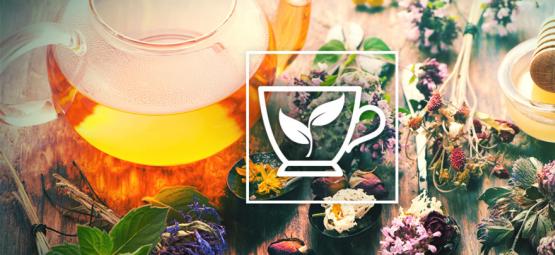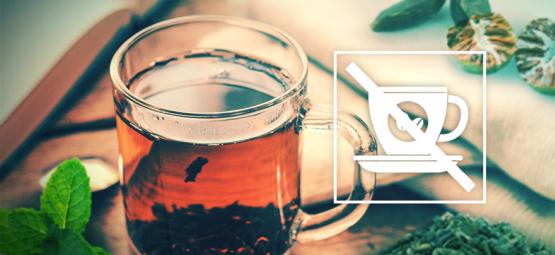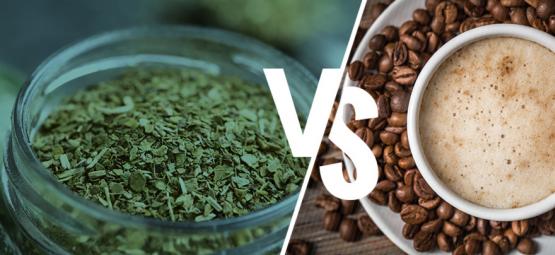Yerba Maté: An Ancient Brew Loaded With Nutrients
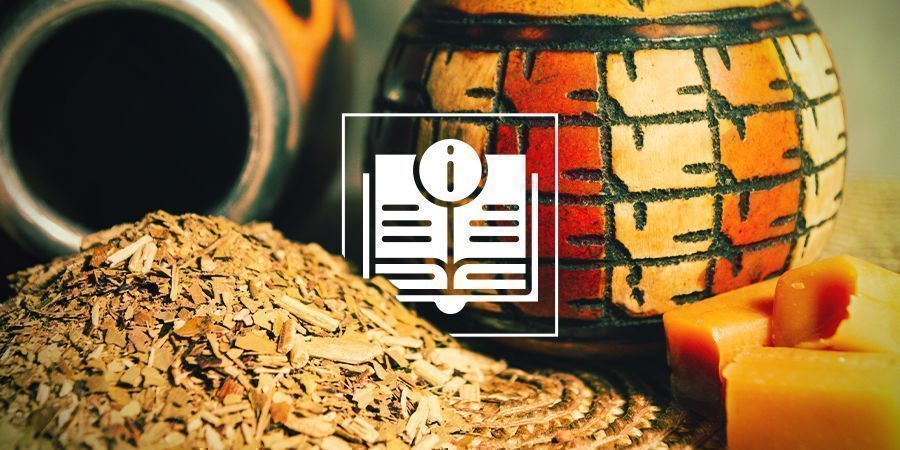
Yerba mate is an ancient brew that has shown some impressive traits within the laboratory. Check out its long list of potential benefits, and how to make it yourself using traditional methods.
CONTENTS:
WHAT IS YERBA MATE?
Yerba mate, known by its scientific name Ilex paraguariensis, is a plant belonging to the holly genus that is native to South America. The plant is made into a tea known simply as mate. This herbal beverage is primarily enjoyed in Paraguay, Argentina, Uruguay, Brazil, Bolivia, and Chile. The tea is also now found in the Western world where it is marketed and sold as a health food.
The herb is found in various energy drinks due to its relatively high level of caffeine. Mate is also sometimes used as a coffee substitute that provides a more subtle and gentle stimulating effect. Whereas a cup of coffee contains approximately 95–200mg of caffeine per cup, yerba mate contains only 30–40mg.
Unlike traditional tea, which grows into a bush, yerba mate begins life as a shrub, but soon after gains some serious size, erupting to massive heights of 15 metres. The leaves, which are later dried before being consumed as tea, feature a serrated edge, a length of 7–110mm and a width of 30–55mm. The plant is primarily grown in South America for commercial reasons, with Brazil being the biggest producer of the plant.
After harvest, the leaves are dried next to a wood fire, which infuses them with a pleasant smoky flavour. The strength of yerba mate tea is largely dependent of the gender of the plant used. Male plants tend to produce leaves with a stronger taste and more caffeine, whereas female leaves are more subtle in both flavour and effect.
BENEFITS OF YERBA MATE
The leaves of this interesting plant are primarily used as a tea, however, researchers have probed its chemical constituents to some degree and have found some potential. Although some of the studies cited in the following section refer to research conducted on animals, they still serve as a potential indicator of what further research within humans may discover.
-
MAY BOLSTER IMMUNE DEFENCE
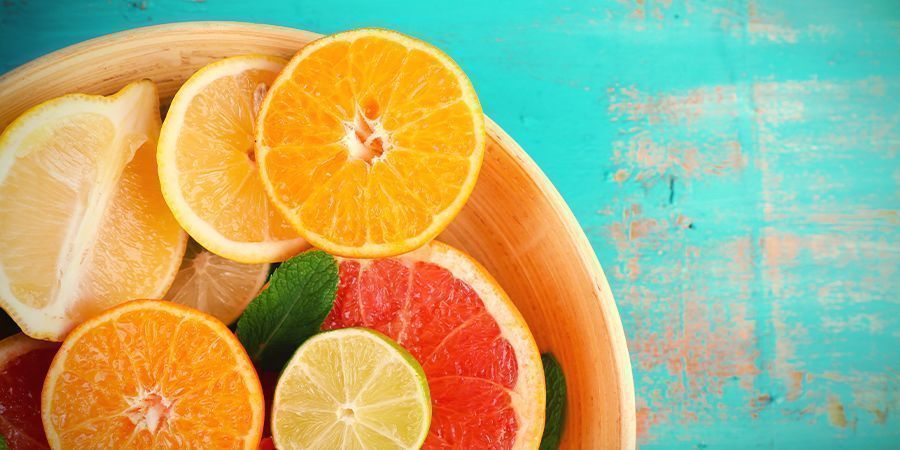
Yerba mate is a good source of micronutrients vitamin E, selenium, zinc, and vitamin C. Vitamin C may contribute to immunity, as deficiency of this micronutrient results in immune defect, as stated by a 1983 publication3 within the journal Gerontology.
All of these substances also act as antioxidants within the body. As well as assisting in the critical battle of neutralising free radicals, these molecules can help to boost the immune system.
-
MAY ASSIST WEIGHT LOSS

It’s no secret that cases of obesity are reaching huge numbers. The modern Western lifestyle doesn't always make it easy to set aside time for exercise, and many jobs involve sitting down for long periods of the day. Though exercise and nutrition are the king and queen of weight loss, certain supplements such as yerba mate may help facilitate the process.
The journal Laboratory Animal Research published an article4 that documents the effects of yerba mate on weight loss in mice. It appears that supplementation of the herb assisted weight loss through reduction of appetite and by boosting the metabolism.
Human studies have also been carried out, giving a glimpse into the effects of yerba mate on weight loss. One piece of research5 showed that yerba mate has the ability to assist fat oxidation and energy expenditure during exercise.
Another research paper6 tested the effects of the herb on fat loss over a 12-week period. The randomised, double-blind, placebo-controlled study measured participants’ body mass index and waist-hip ratio. One group of 15 individuals was given oral yerba mate supplements in the form of capsules for a 12-week period, for a total dosage of 3g per day.
Statistically significant decreases in body fat mass, body fat percentage, and waist-hip ratio were observed compared to a placebo group.
-
BOOSTS ALERTNESS AND ENERGY

A cup of yerba mate has similar effects to coffee in that it can boost focus and make an individual more engaged in the task at hand. These similar effects are because of yerba mate’s caffeine content. However, users of the herb state that the effects are somewhat different, claiming that the stimulation induced by yerba mate is more gentle and doesn’t come with the consequence of an energy crash when the caffeine wears off.
Try a cup of yerba mate next time you sit down to write an assignment or read a book. After all, caffeine has been shown by science7 to improve alertness and short-term recall.
HOW TO MAKE YERBA MATE TEA?
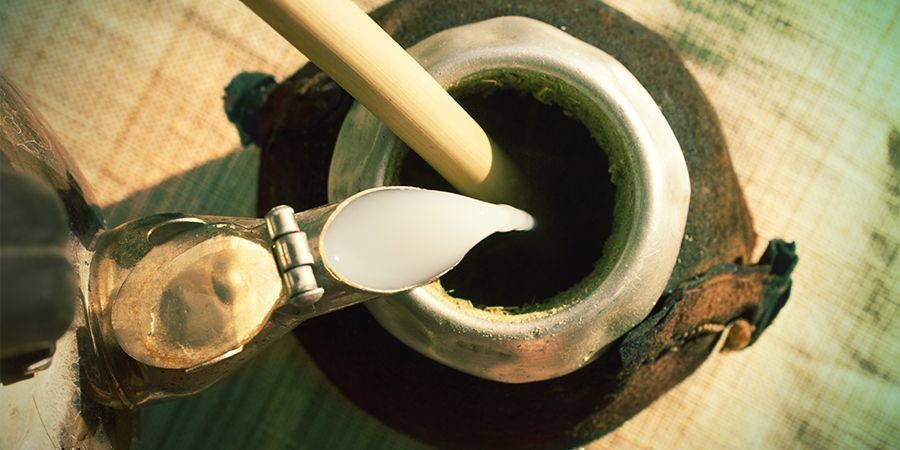
Yerba mate can be brewed in multiple different ways, depending on how dedicated you are to the cause, and how traditional you want to get with your methods.
The simplest and easiest way to make yerba mate tea is by simply purchasing tea bags, or putting the loose leaf into a strainer and drinking the brew once it has infused.
Alternatively, you can make yerba mate the traditional way using a gourd, a type of cup. The fluid is then consumed using a metal straw with a filter in it known as a bombilla. The gourd is usually filled about ⅓ full with dried leaves and then topped up with cold water, and often infused with lemon juice, sugar, or milk. The beverage is traditionally served both hot and cold, depending on preference.
IS YERBA MATE HEALTHIER THAN COFFEE?
Both of these beverages have their own advantages and disadvantages. The term “health” is hard to quantify, and comparing how each of these herbs adds or detracts from it isn’t an easy assessment. Both drinks provide good amounts of micronutrients and antioxidants. However, for coffee drinkers looking to reduce their caffeine intake, yerba mate could be a great choice to still keep up a comforting ritual whilst greatly reducing the caffeine content of each cup.
HISTORY OF YERBA MATE
Yerba mate has an intriguing and ancient history. It was first ingested by the indigenous Guarani people of Paraguay, and then spread to other groups such as the Tupi people of Southern Brazil. The use of the herb became much more widespread as it rode the wave of European colonisation of the Americas, which saw it spread to neighbouring regions and overseas. This vast increase in consumption made it Paraguay’s main commodity for a period of time, even above tobacco.
- (n.d.). - https://iubmb.onlinelibrary.wiley.com
- (n.d.). - https://onlinelibrary.wiley.com
- (n.d.). - https://onlinelibrary.wiley.com
- Ahmad Alkhatib. (2014). Yerba Maté (Illex Paraguariensis) ingestion augments fat oxidation and energy expenditure during exercise at various submaximal intensities - https://www.ncbi.nlm.nih.gov
- Bernard Kennes, Isabelle Dumont, Dany Brohee, Claude Hubert, & Pierre Neve. (1983). Effect of Vitamin C Supplements on Cell-Mediated Immunity in Old People - https://www.karger.com
- Burris KP, Davidson PM, Stewart CN, Zivanovic S, & Harte FM. (2012 Apr). Aqueous extracts of yerba mate (Ilex paraguariensis) as a natural antimicrobial against Escherichia coli O157:H7 in a microbiological medium and pH 6.0 apple juice - https://www.ncbi.nlm.nih.gov
- Chandra S, & De Mejia Gonzalez E. (06/02/2004). Polyphenolic compounds, antioxidant capacity, and quinone reductase activity of an aqueous extract of Ardisia compressa in comparison to mate (Ilex paraguariensis) and green (Camellia sinensis) teas - https://www.ncbi.nlm.nih.gov
- de Morais EC, Stefanuto A, Klein GA, Boaventura BC, de Andrade F, Wazlawik E, Di Pietro PF, Maraschin M, & da Silva EL. (09/23/2009). Consumption of yerba mate ( Ilex paraguariensis ) improves serum lipid parameters in healthy dyslipidemic subjects and provides an additional LDL-cholesterol reduction in individuals on statin therapy - https://www.ncbi.nlm.nih.gov
- Filip R, Davicino R, & Anesini C. (2010 May). Antifungal activity of the aqueous extract of Ilex paraguariensis against Malassezia furfur - https://www.ncbi.nlm.nih.gov
- Kim SY, Oh MR, Kim MG, Chae HJ, & Chae SW. (09/25/2015). Anti-obesity effects of Yerba Mate (Ilex Paraguariensis): a randomized, double-blind, placebo-controlled clinical trial - https://www.ncbi.nlm.nih.gov
- Loria D, Barrios E, & Zanetti R. (2009 Jun). Cancer and yerba mate consumption: a review of possible associations - https://www.ncbi.nlm.nih.gov
- Schinella G, Fantinelli JC, & Mosca SM. (2005 Jun). Cardioprotective effects of Ilex paraguariensis extract: evidence for a nitric oxide-dependent mechanism - https://www.ncbi.nlm.nih.gov
- Young-Rye Kang, Hak-Yong Lee, Jung-Hoon Kim, Dea-In Moon, Min-Young Seo, Sang-Hoon Park, Kwang-Ho Choi, Chang-Ryong Kim, Sang-Hyun Kim, Ji-Hyun Oh, Seong-Wan Cho, Sun-Young Kim, Min-Gul Kim, Soo-Wan Chae, Okjin Kim, & Hong-Geun Oh. (2012, March). Anti-obesity and anti-diabetic effects of Yerba Mate (Ilex paraguariensis) in C57BL/6J mice fed a high-fat diet - https://www.ncbi.nlm.nih.gov
You might also like






 United States
United States


